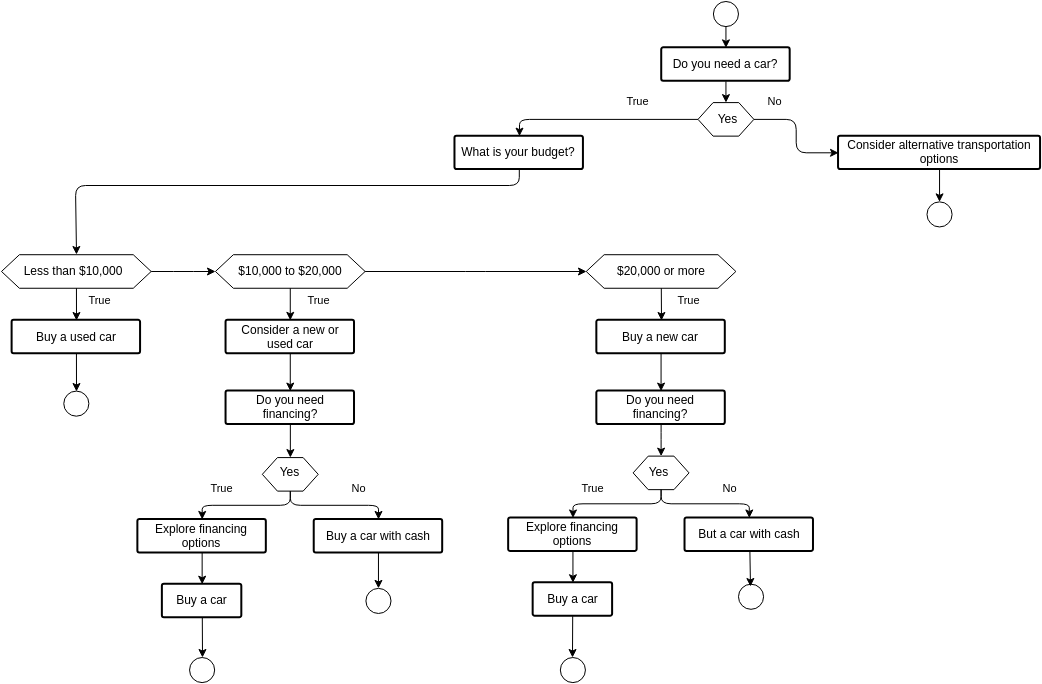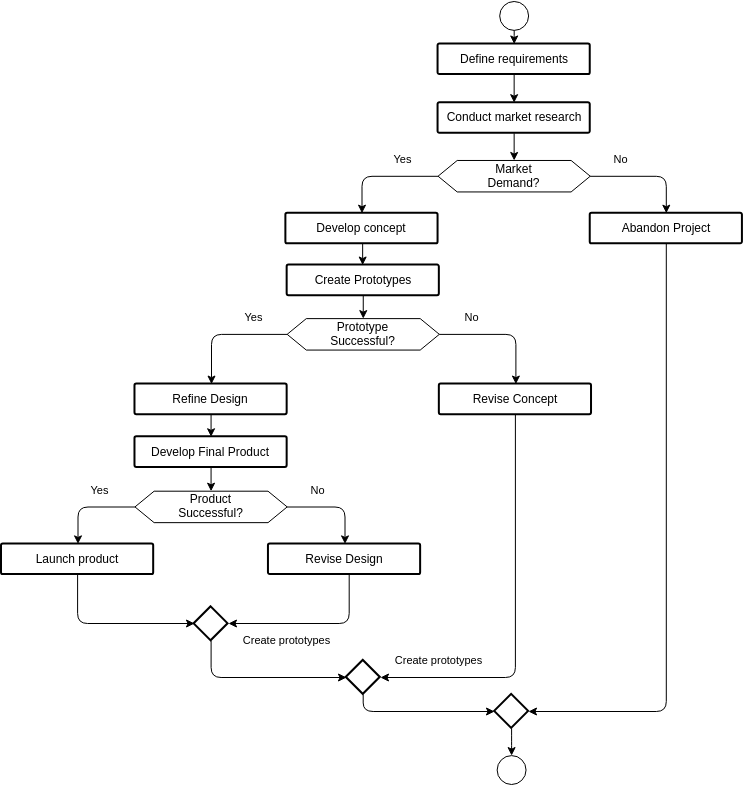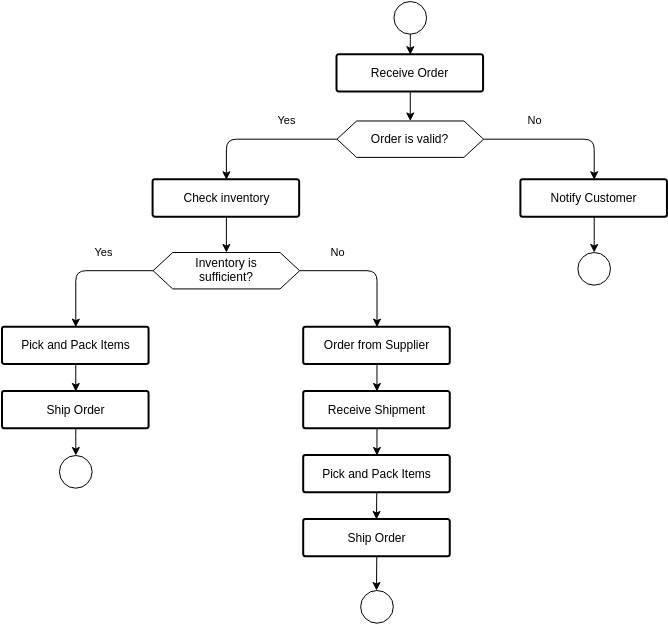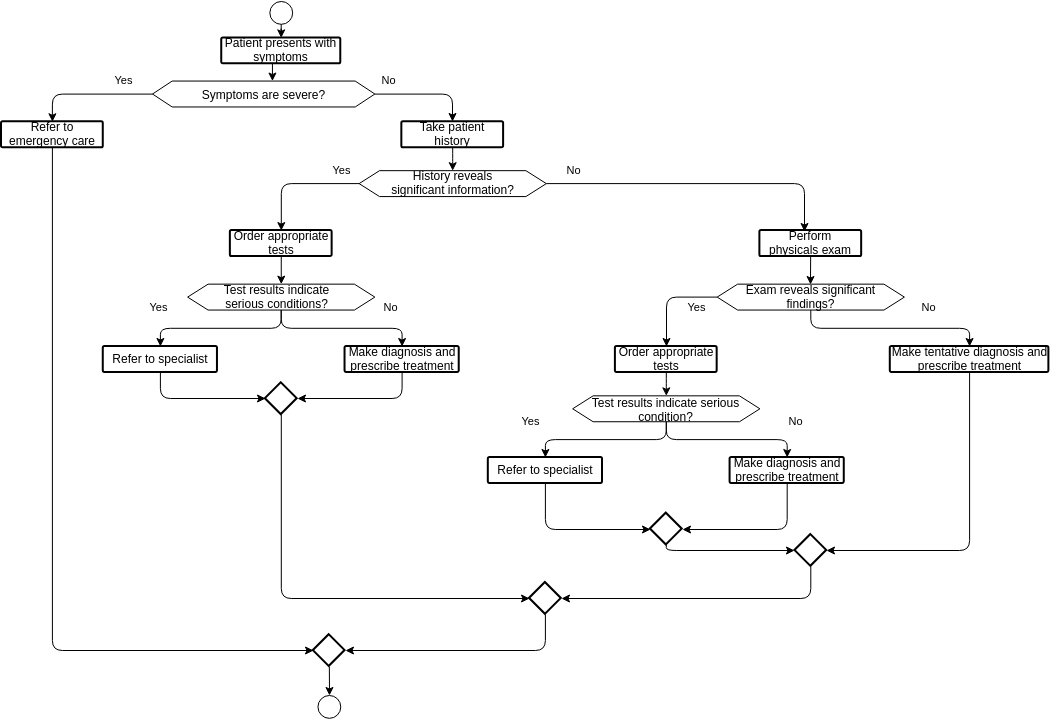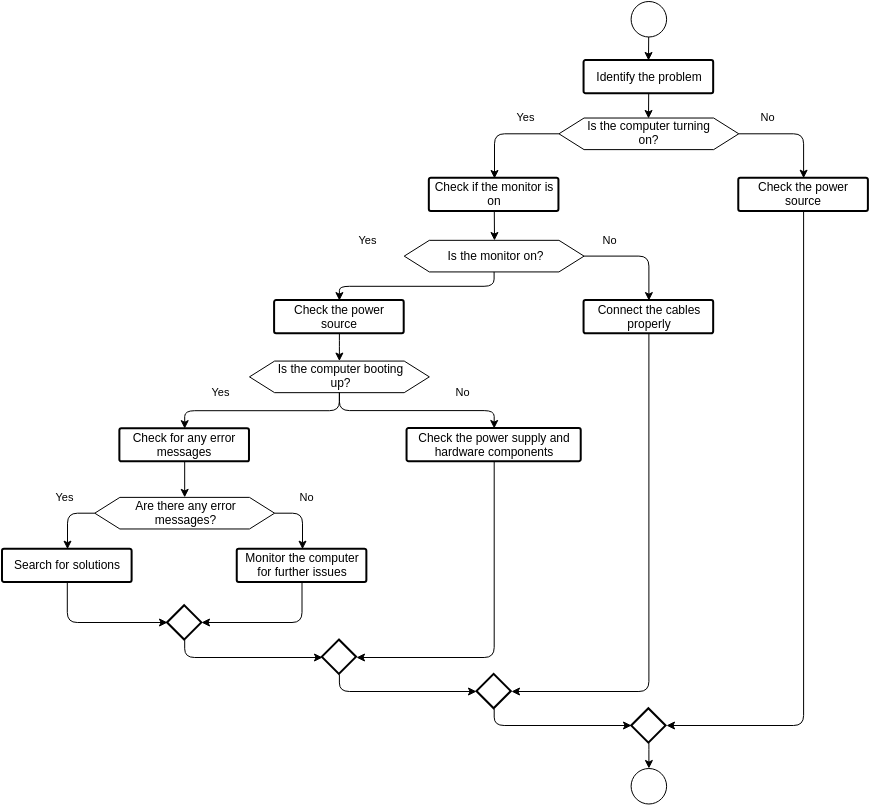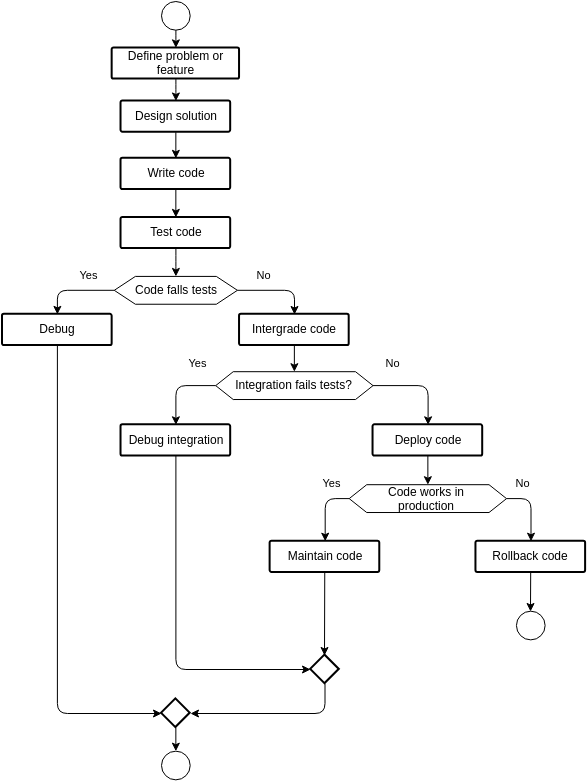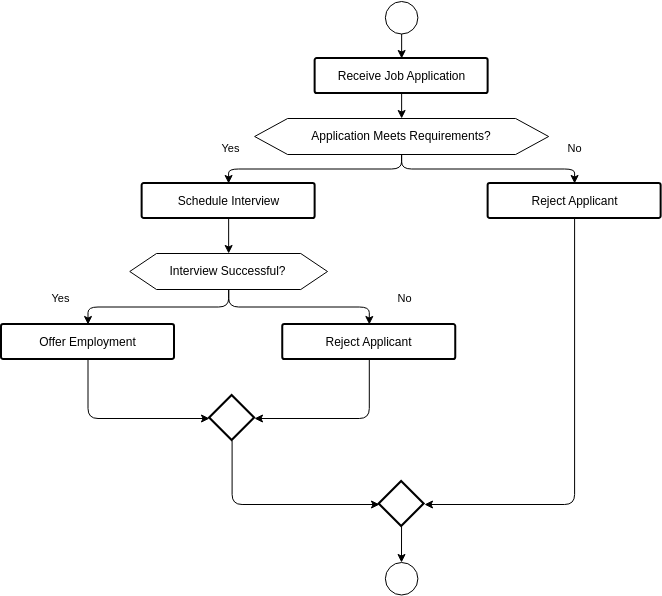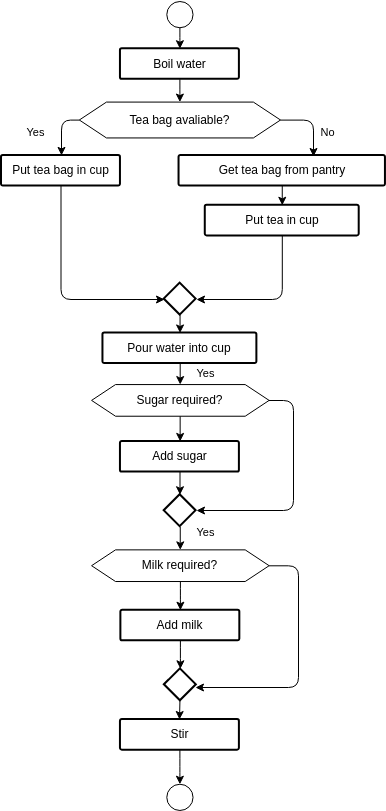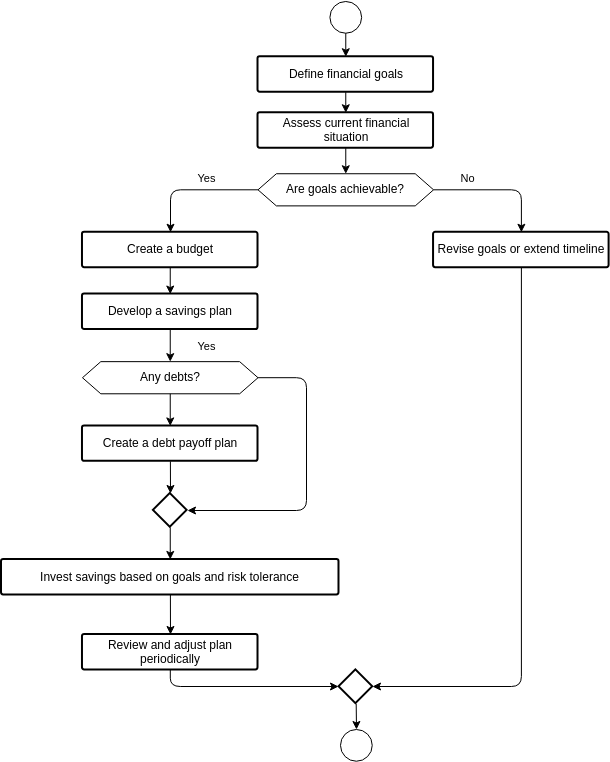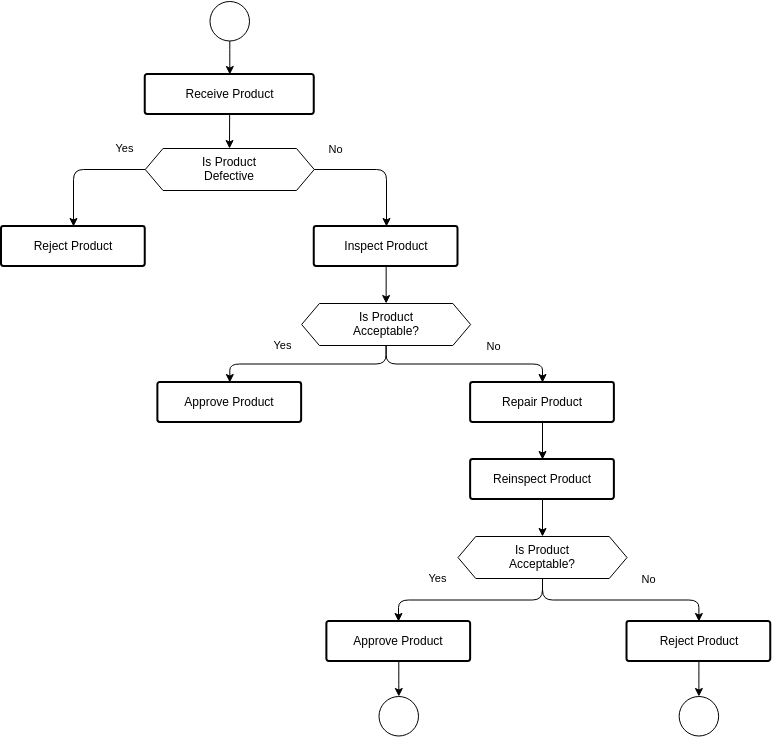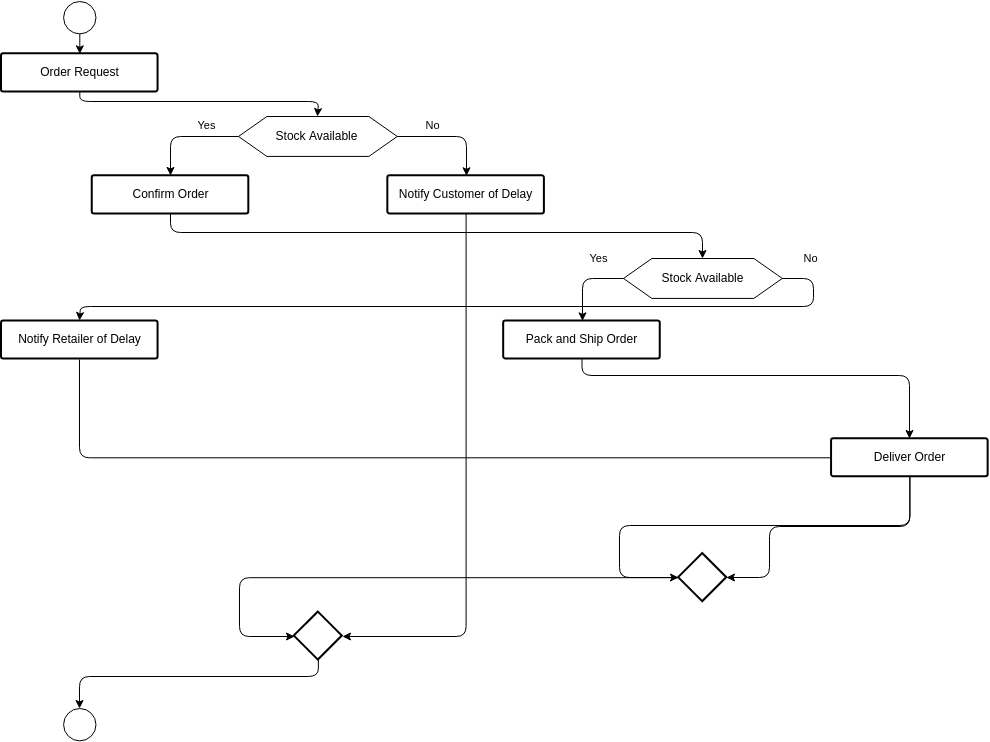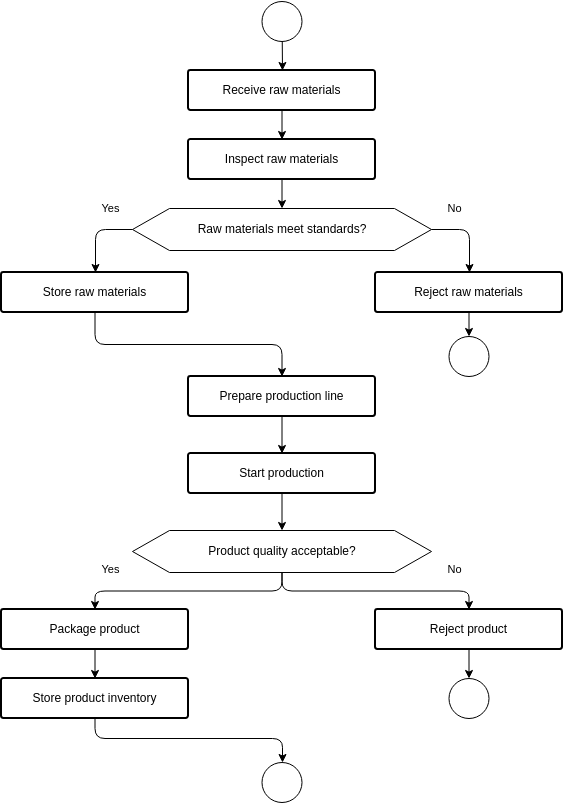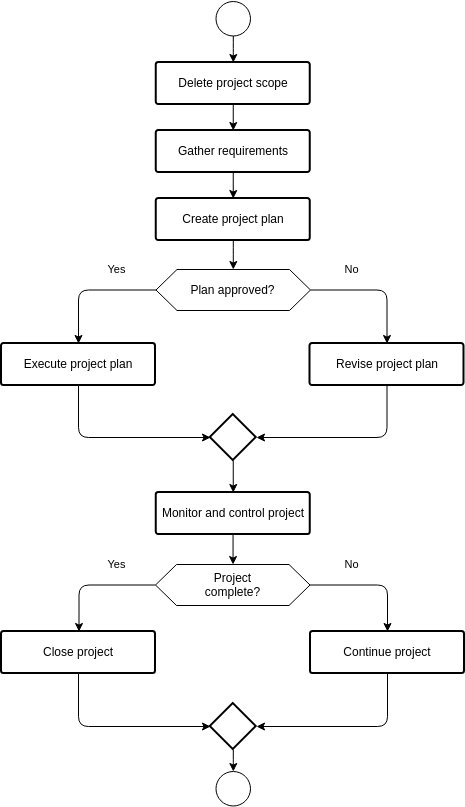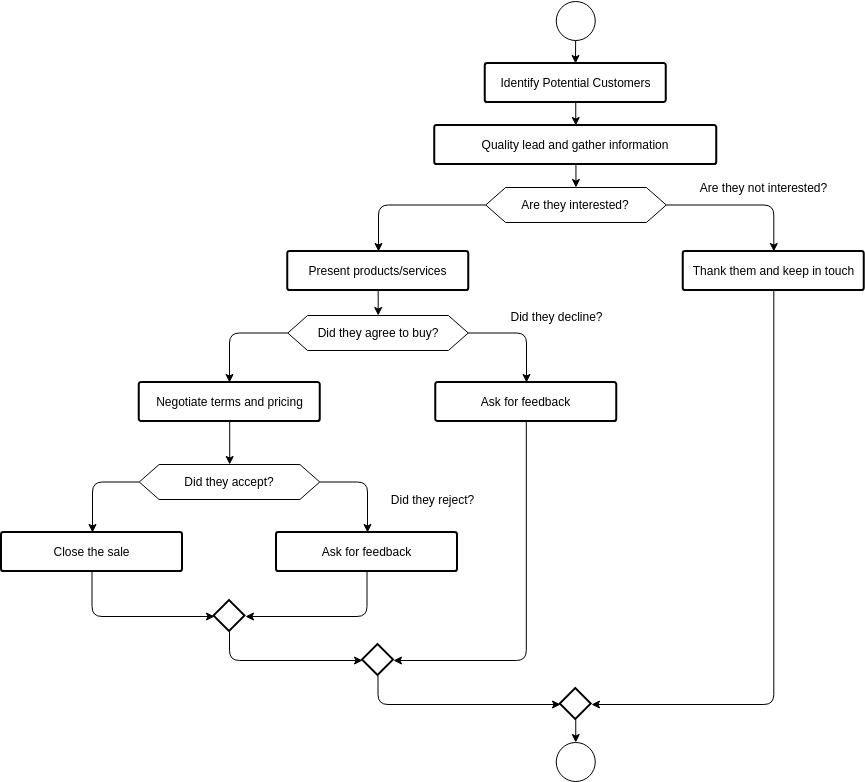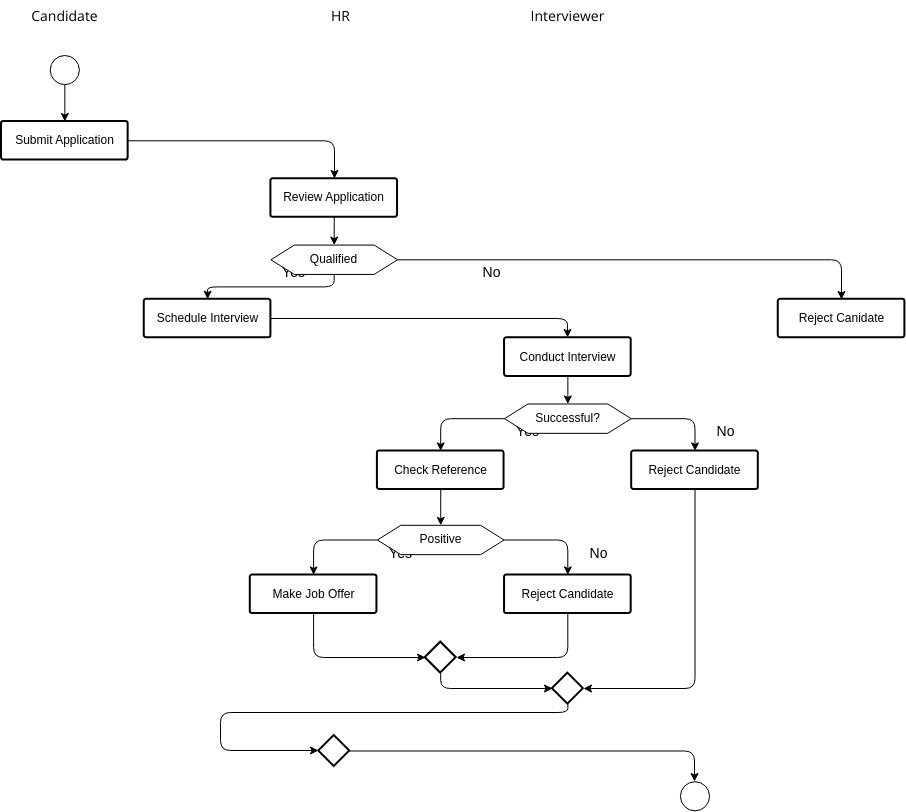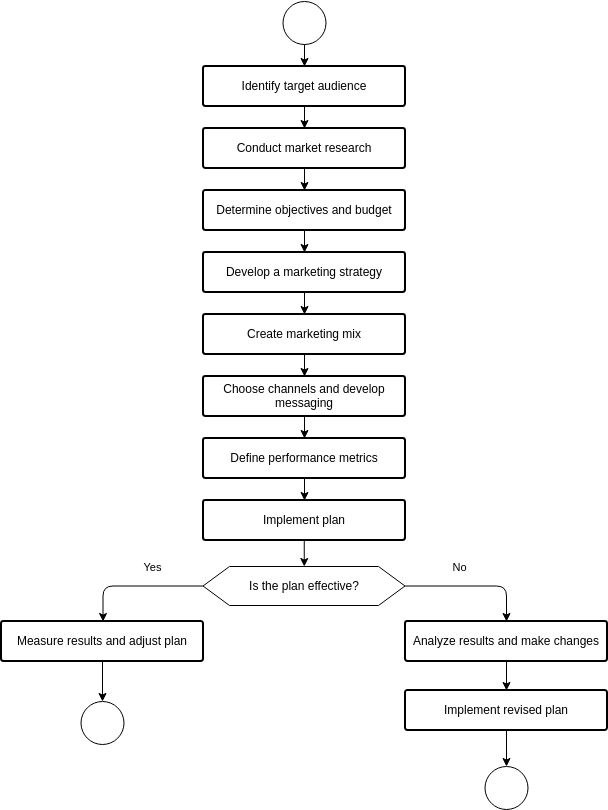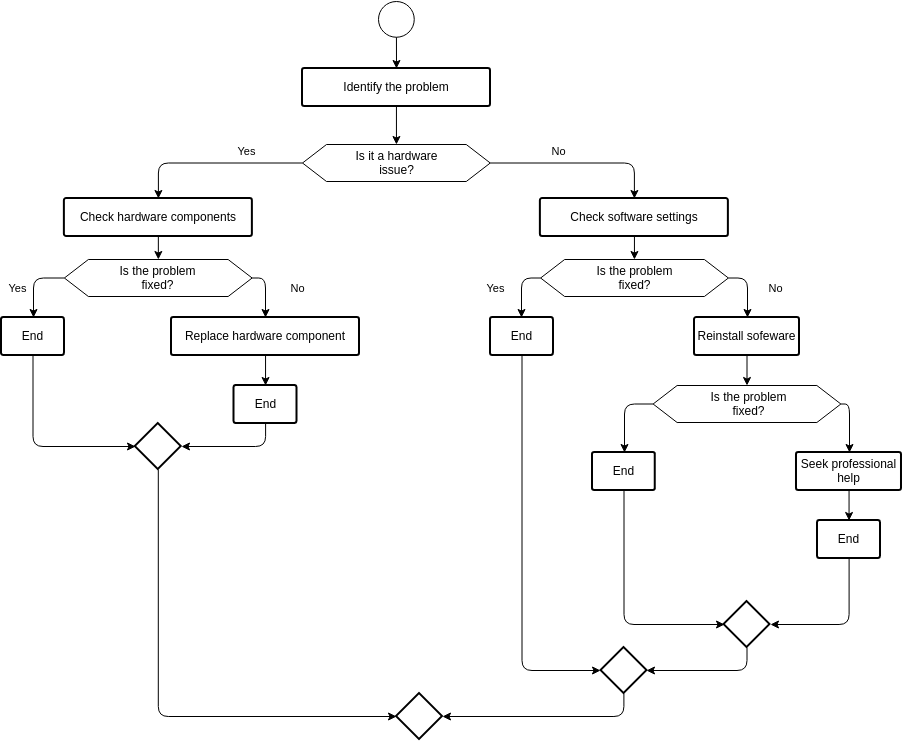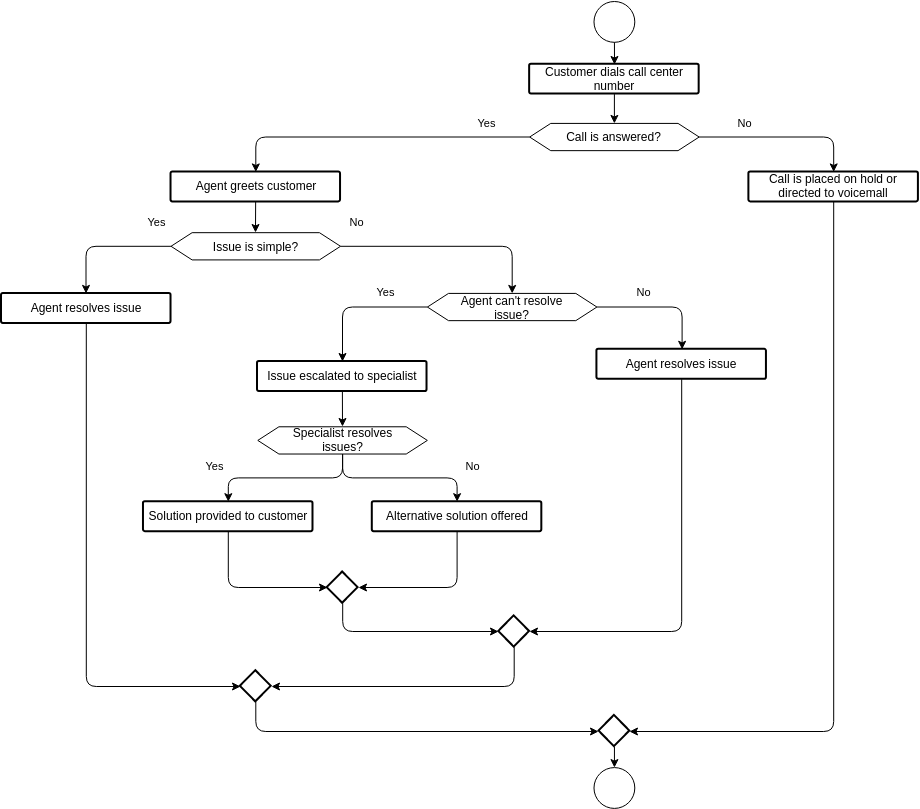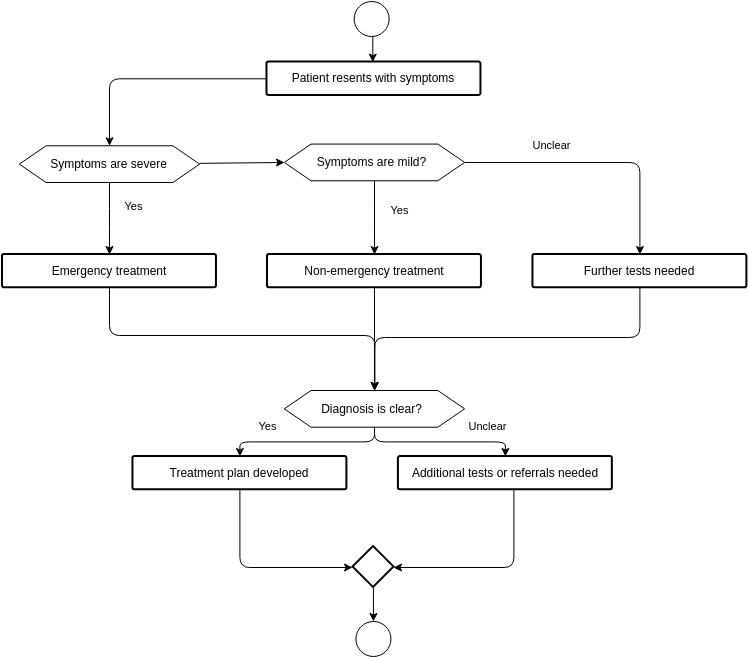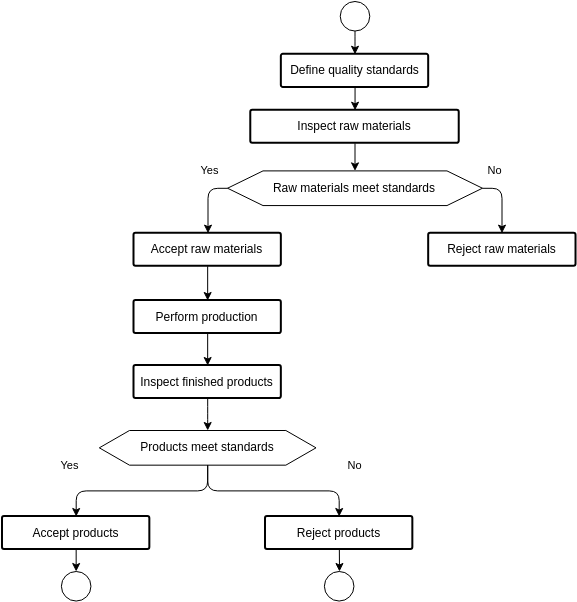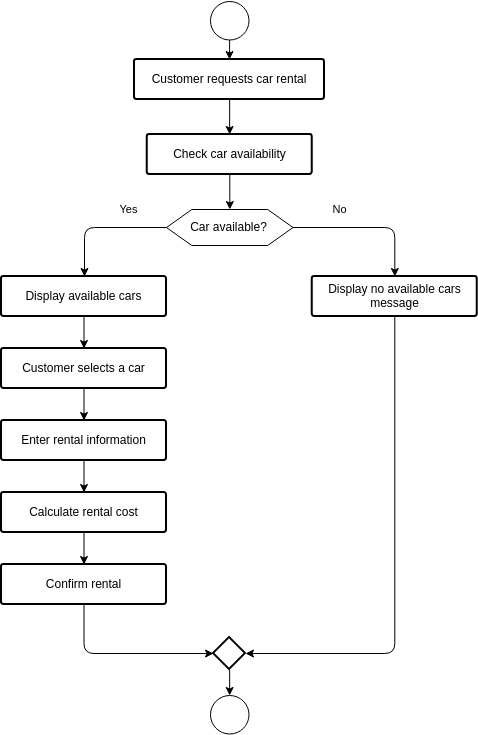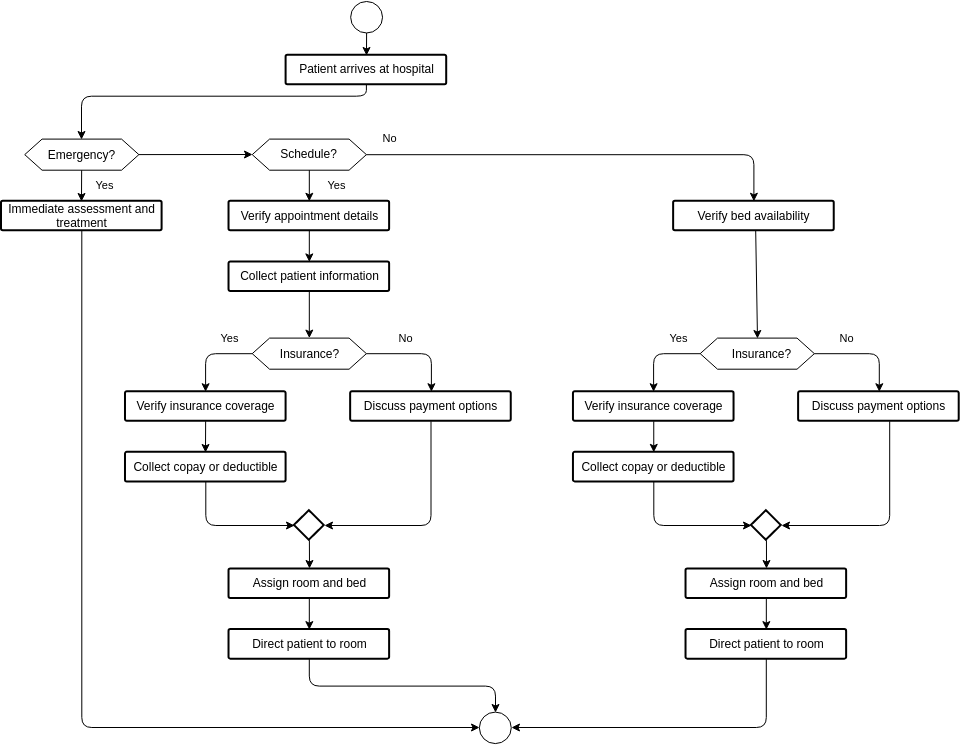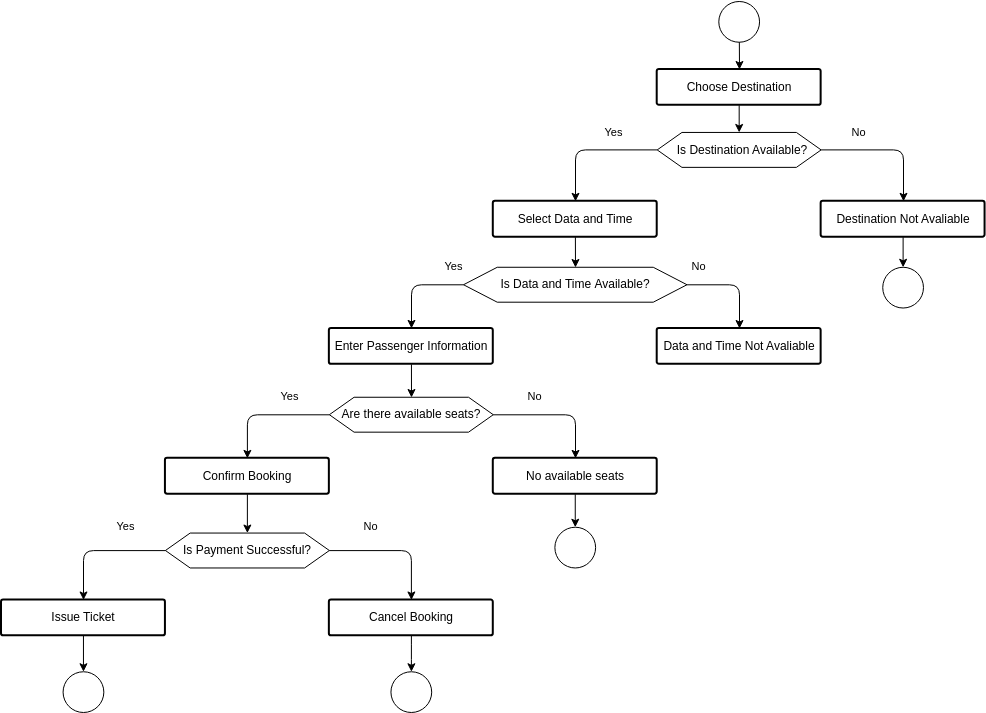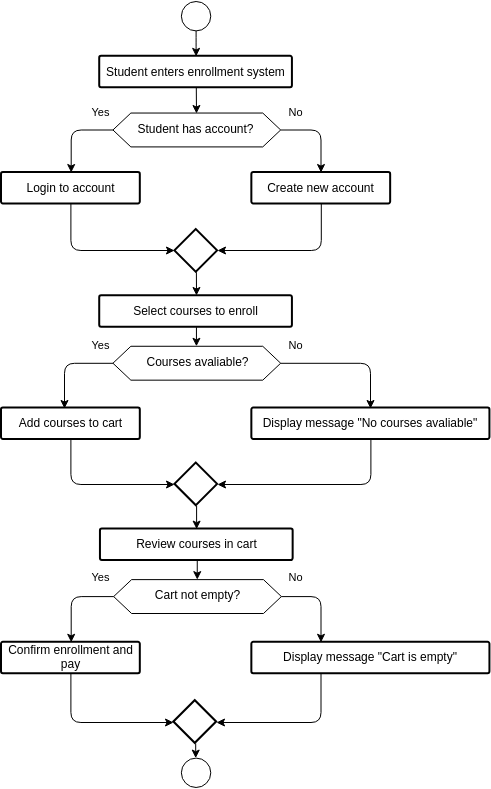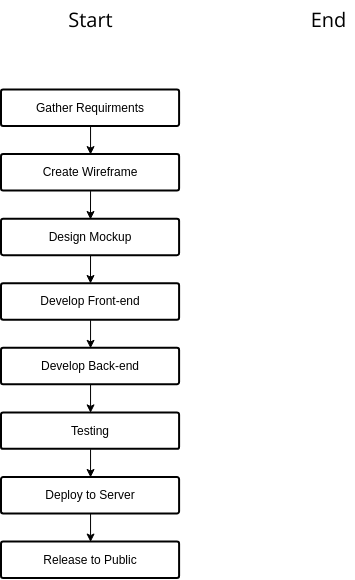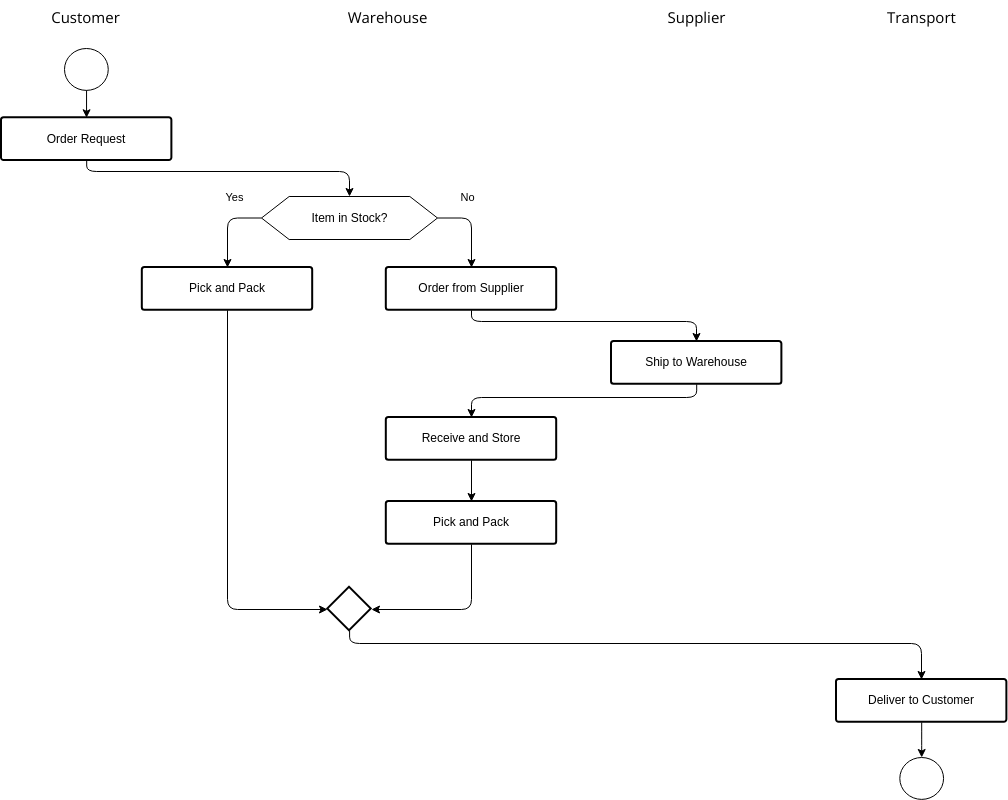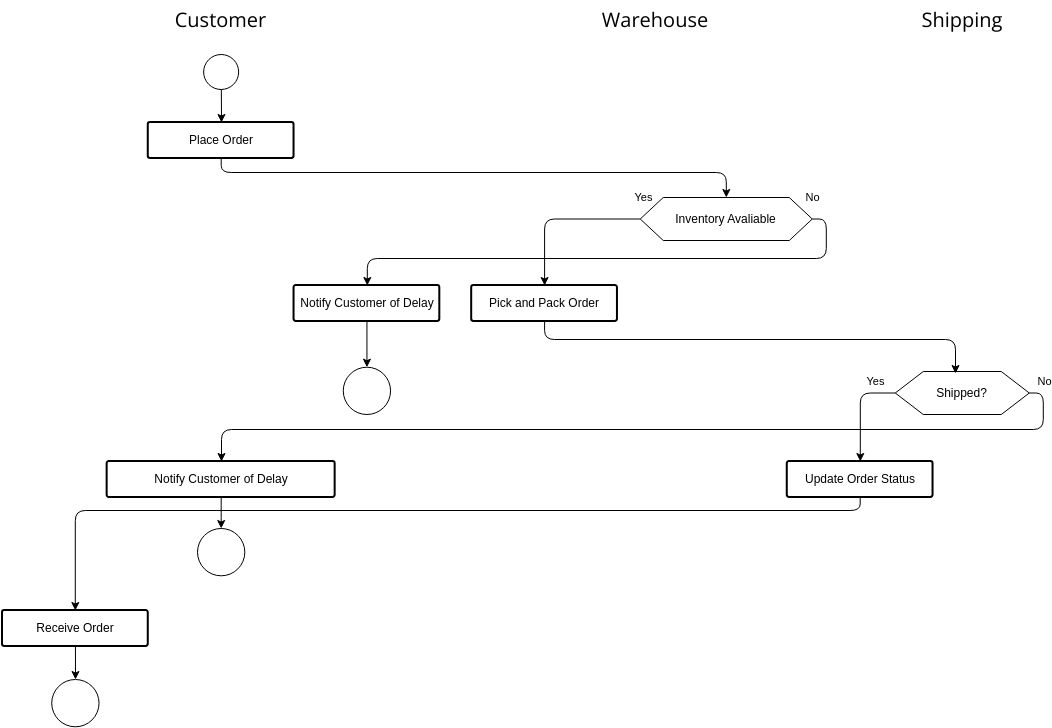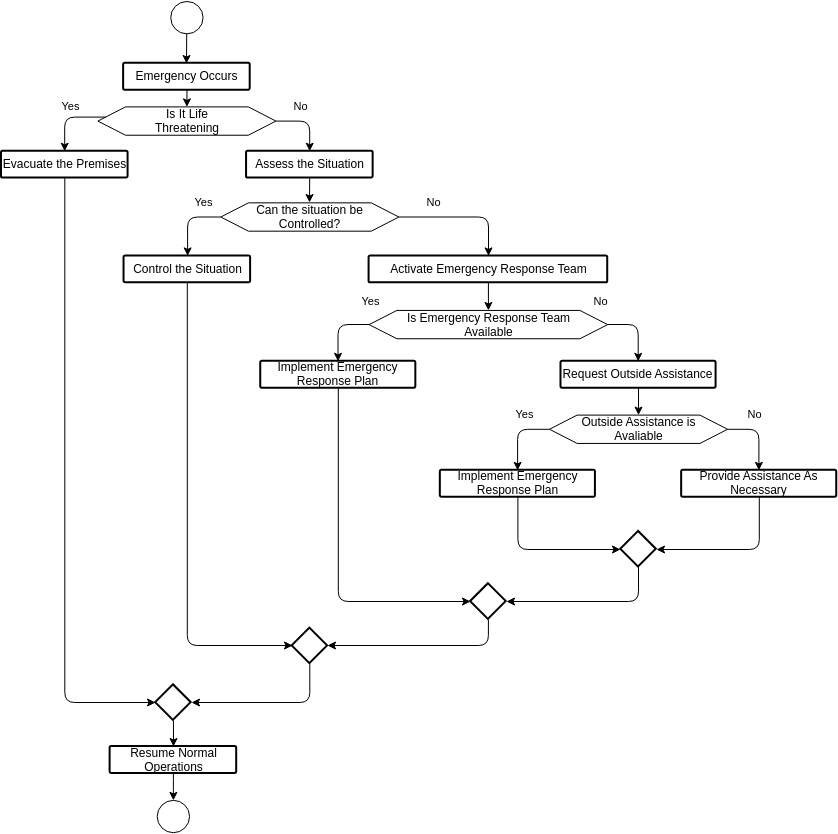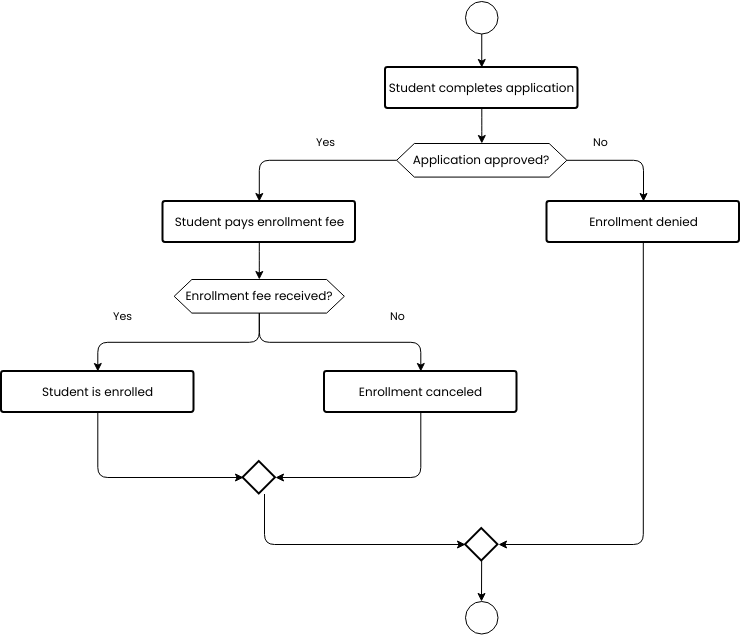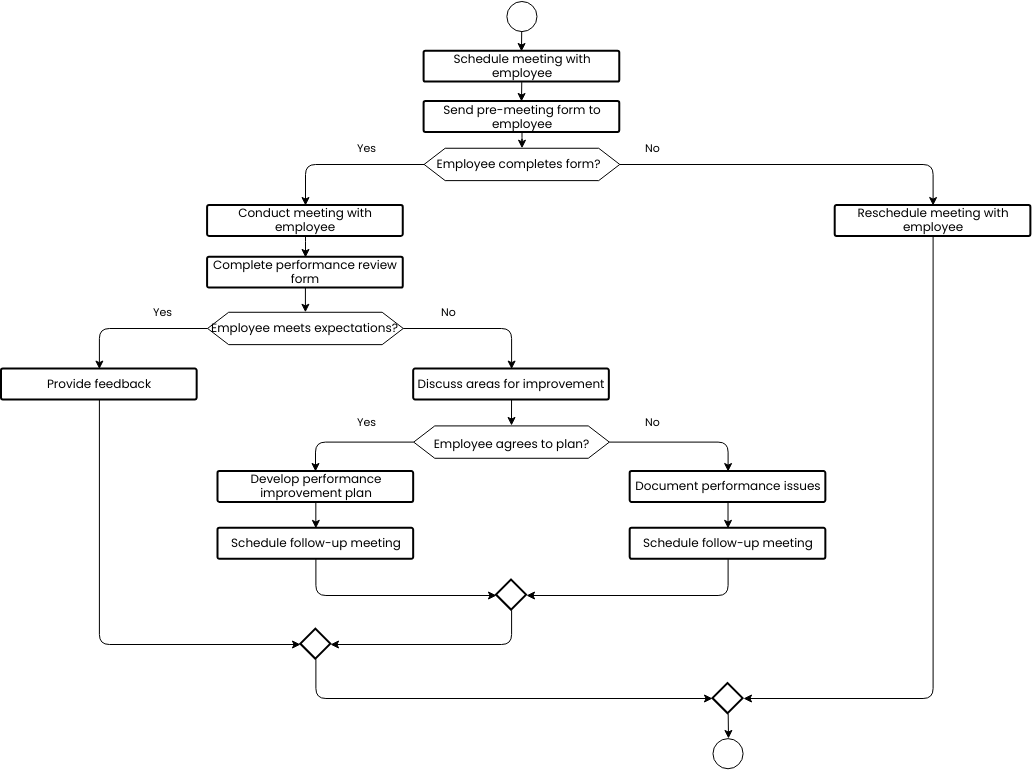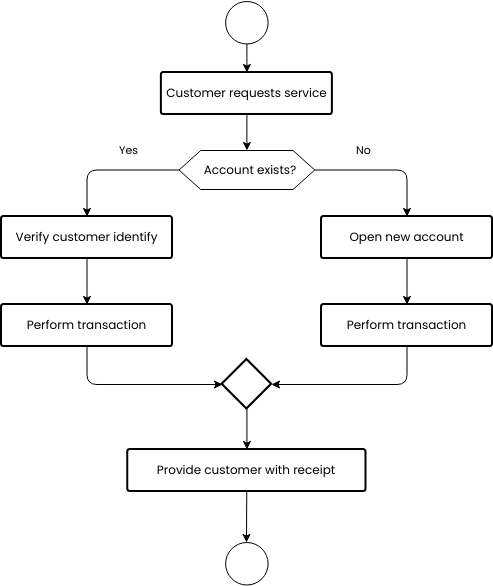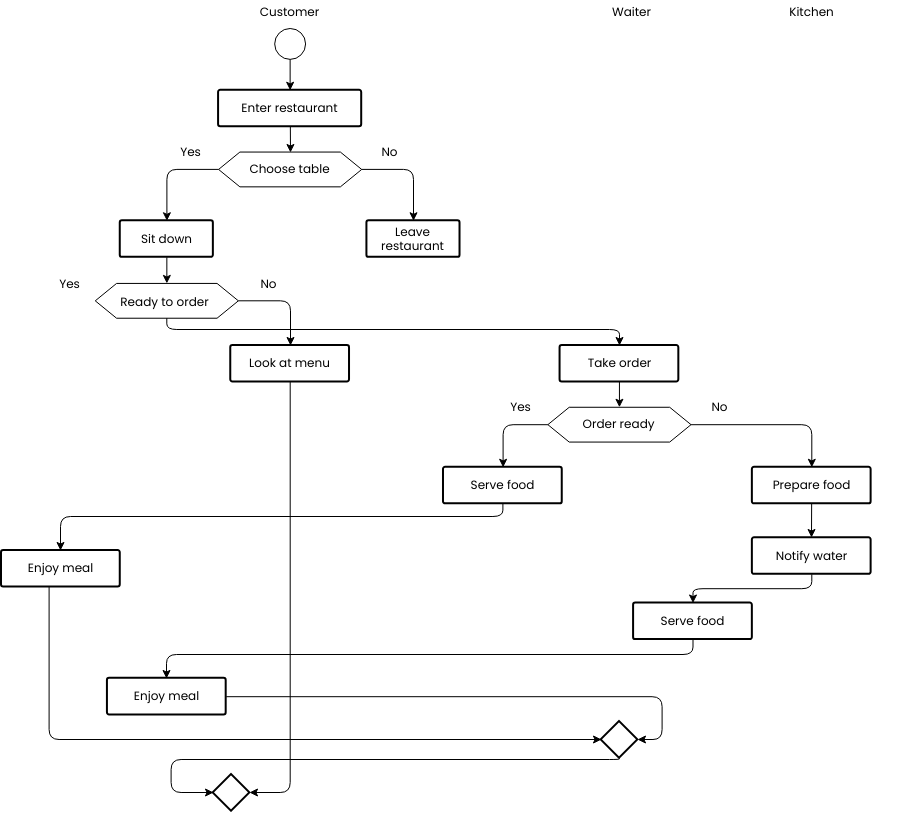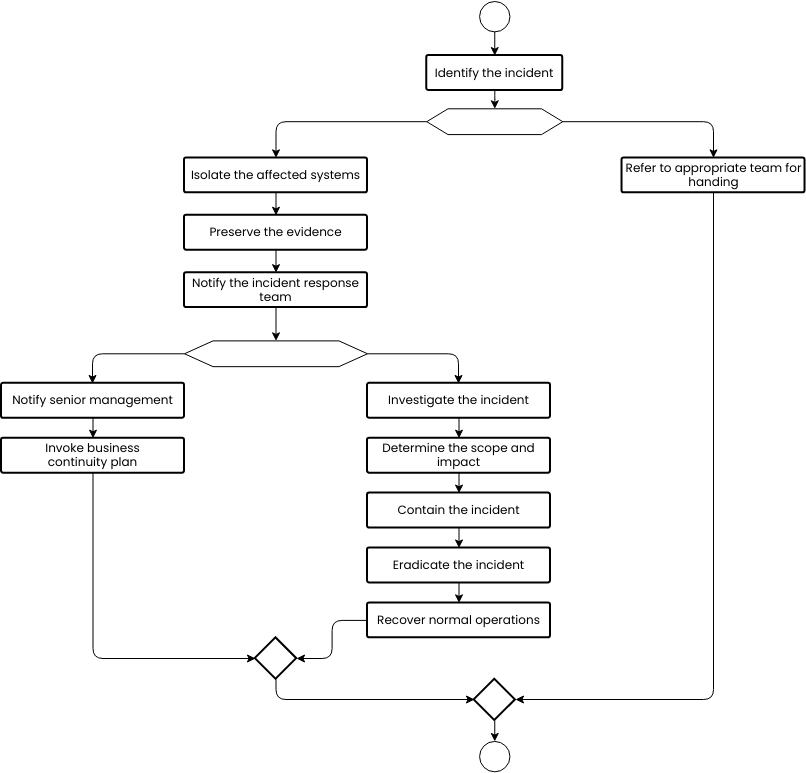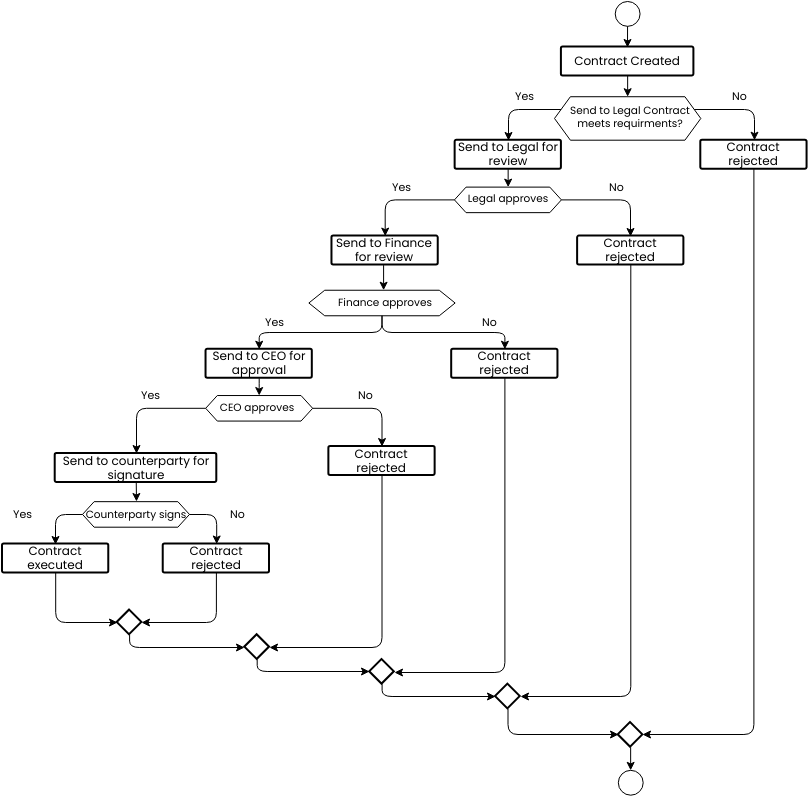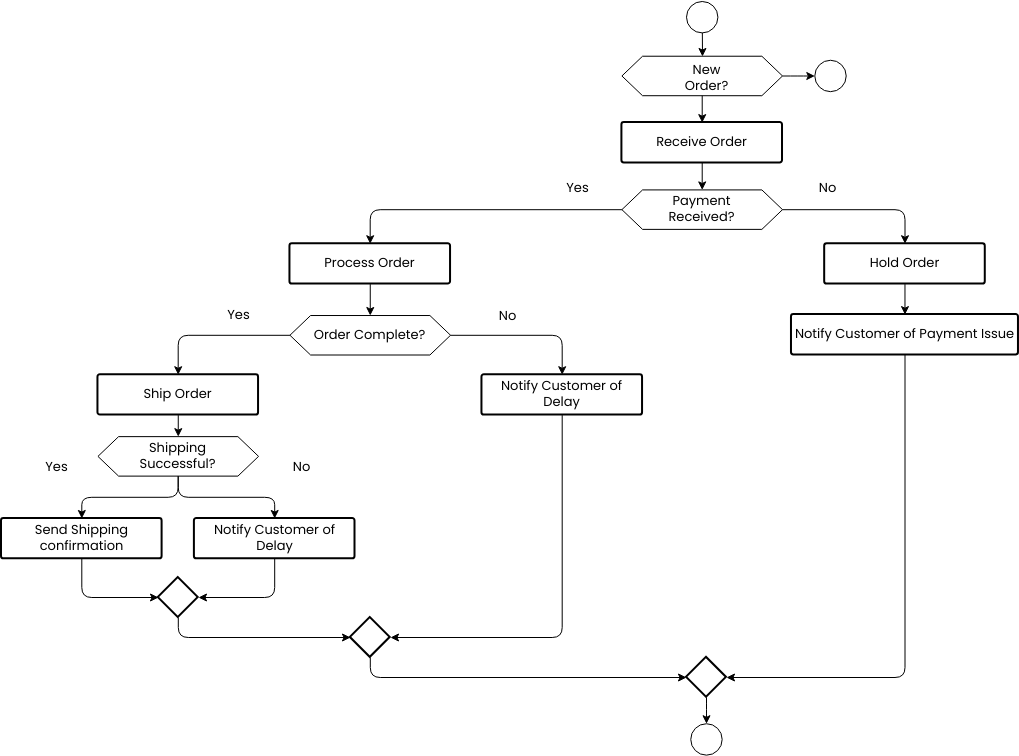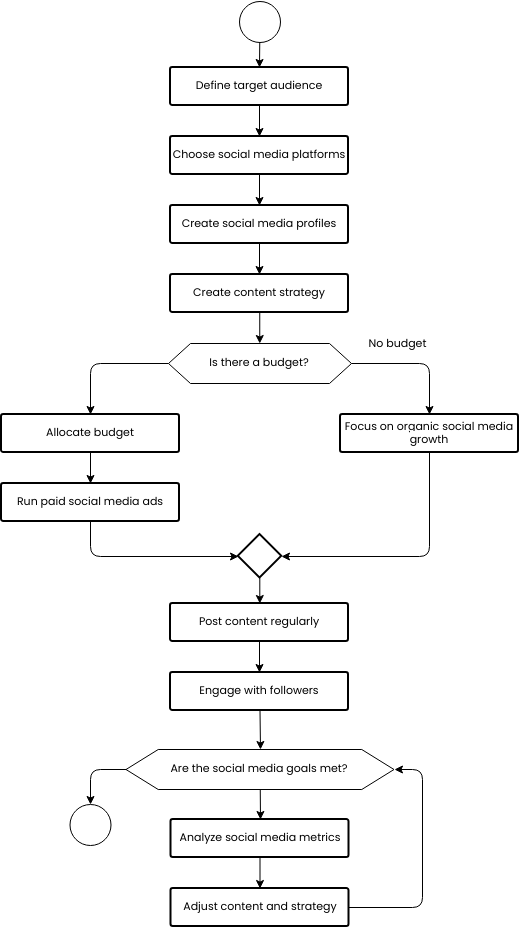The decision-making flowchart for buying a car begins with the question, "Do you need a car?" If the answer is yes, the next step is to determine the budget for the purchase. If the budget falls within the range of $10,000 to $20,000, the next question is whether financing is needed. If financing is needed, the flowchart directs the user to explore financing options. If financing is not needed, the user can proceed to buy a car.
The first step, "Do you need a car?" is an important consideration as it sets the foundation for the rest of the decision-making process. If the answer is no, then the process ends. However, if the answer is yes, the next step is to determine the budget.
The budget range of $10,000 to $20,000 is a common range for car purchases, and the flowchart indicates that if the budget falls within this range, the user can consider moving forward with the purchase. However, if the budget falls outside of this range, the user may need to consider other options or adjust their budget.
If financing is needed, the flowchart directs the user to explore financing options. This step is important as it allows the user to consider different financing options and determine which option is best for their needs and budget. This could include exploring financing through a bank or credit union, or through the dealership.
If financing is not needed, the user can proceed to buy a car. This step indicates that the user has already determined their budget and has the necessary funds to make the purchase.
Benefits of creating this chart
There are several benefits of creating a decision-making flowchart for buying a car:
Clarity: The flowchart provides a clear and easy-to-follow process for making a decision about buying a car. It breaks down the decision into a series of simple, yes/no questions, making it easier for the user to understand and navigate.
Efficiency: The flowchart streamlines the decision-making process by guiding the user through the key considerations and decision points. This can help save time and reduce the risk of making a hasty or uninformed decision.
Consistency: The flowchart ensures that the decision-making process is consistent and standardized. This can help reduce the risk of errors or omissions and ensure that all important factors are taken into account.
Are you looking for flowchart templates? Visit Visual Paradigm Online right away to choose a few styles for customization!
